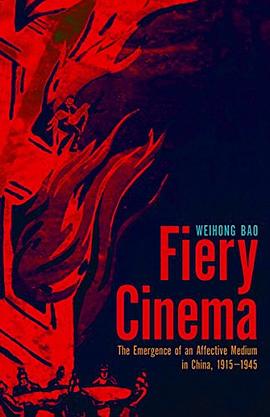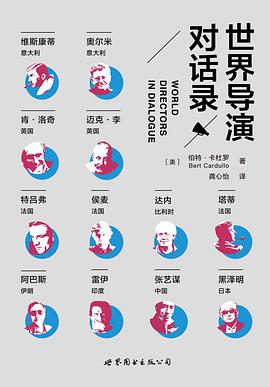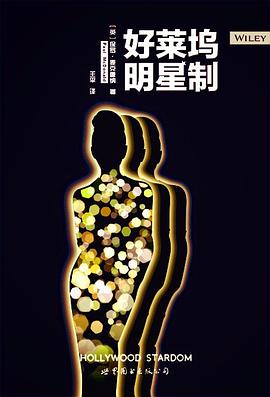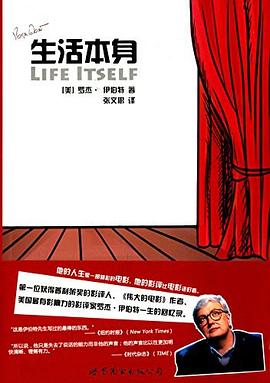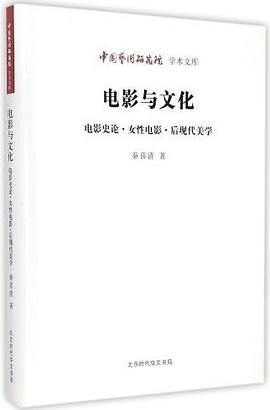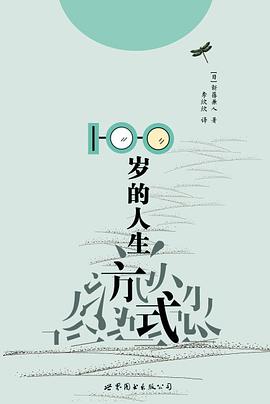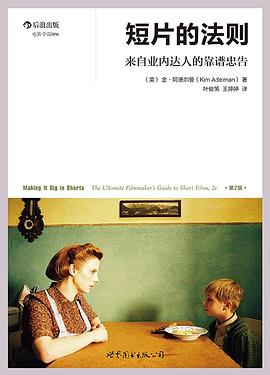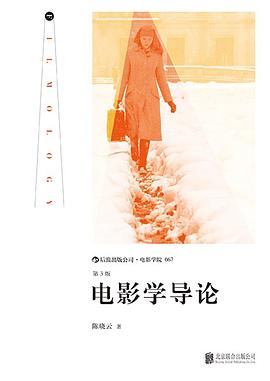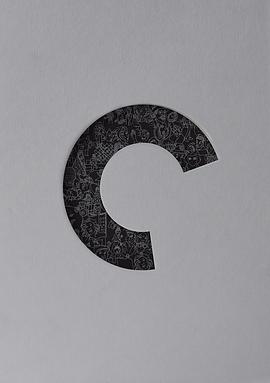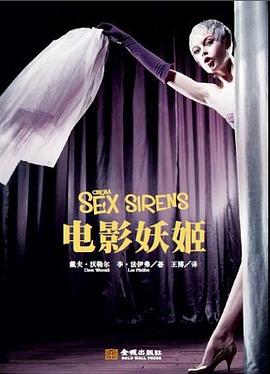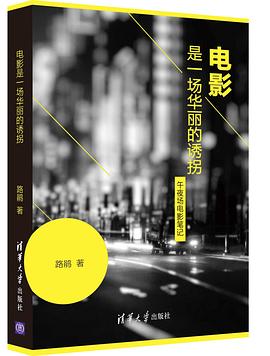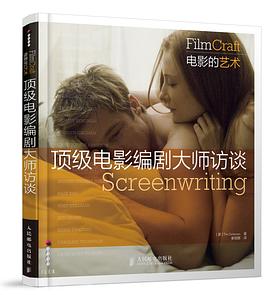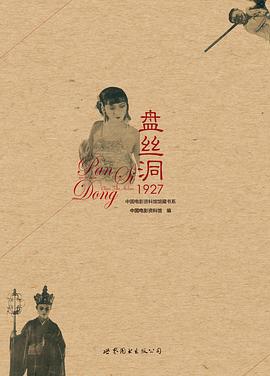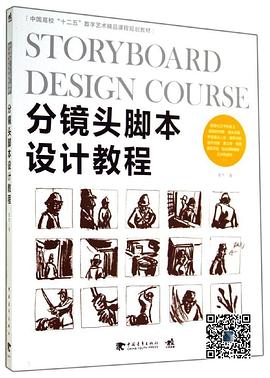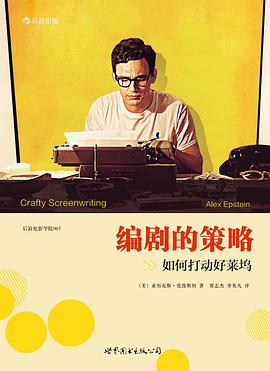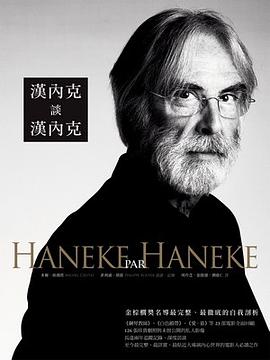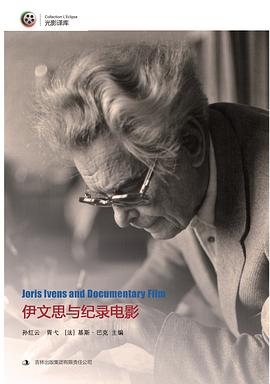
具体描述
Weihong Bao is assistant professor of film and media and Chinese studies at the University of California, Berkeley.
What was cinema in modern China? It was, this book tells us, a dynamic entity, not strictly tied to one media technology, one mode of operation, or one system of aesthetic code. It was, in Weihong Bao’s term, an affective medium, a distinct notion of the medium as mediating environment with the power to stir passions, frame perception, and mold experience. In Fiery Cinema, Bao traces the permutations of this affective medium from the early through the mid-twentieth century, exploring its role in aesthetics, politics, and social institutions.
Mapping the changing identity of cinema in China in relation to Republican-era print media, theatrical performance, radio broadcasting, television, and architecture, Bao has created an archaeology of Chinese media culture. Within this context, she grounds the question of spectatorial affect and media technology in China’s experience of mechanized warfare, colonial modernity, and the shaping of the public into consumers, national citizens, and a revolutionary collective subject. Carrying on a close conversation with transnational media theory and history, she teases out the tension and affinity between vernacular, political modernist, and propagandistic articulations of mass culture in China’s varied participation in modernity.
Fiery Cinema advances a radical rethinking of affect and medium as a key insight into the relationship of cinema to the public sphere and the making of the masses. By centering media politics in her inquiry of the forgotten future of cinema, Bao makes a major intervention into the theory and history of media.
用户评价
##看的时候忍不住想到D提到过的,你付出的精力越多,你的读者需要付出的精力就越少,深以为然。
评分 评分重写中国电影史的力作:(1)依靠媒介谱系学打开电影的“跨媒介性”,比如第二章讲灵视/无线传输技术在2、30年代形塑对电影媒介性的理解,第四章讲左翼电影和上海现代主义建筑在“透明性”美学上的共鸣,阐述电影作为一种技术在中国的(媒介/技术)现代性中的中心角色。(2)依靠情感/情动研究重新绘制电影的美学谱系,抓住“火/燃烧”这一关键元素,它代表一种美学意象、一种理解技术的诗学想象、一种媒介原型、一种政治能量的隐喻...组织了三部六个章节,大大复杂化了对于中国电影美学和政治的探讨。(3)在前面两根主轴建立的体系里,照顾到了许多之前少有触及的对象,比如“火烧片”的新英雄主义、战时重庆的国策片的美学试验,战时重庆、上海、香港影视生产的联系和互文等等,打破左翼/非左翼的传统视角。
评分##本书中包卫红老师将对早期电影史的情动脉络研究分成三个部分,也可以被看做切入分析的三个角度,即共鸣、透明和煽动。第一部分共鸣从早期声学影像技术的原理说起,结合武侠电影和新英雄主义风格的分析,并注意到催眠术和电影之火作为论据支撑的共通性,着重提出了本书的核心观...
评分 评分##I spent nearly two months reading this book, which inspired my study of early Chinese film history because my field is focusing on Left-wing film culture and Wartime Chongqing. Professor Bao is an excellent, intellectual, and talented scholar whose study encouraging me to do better in the future.
相关图书
本站所有内容均为互联网搜索引擎提供的公开搜索信息,本站不存储任何数据与内容,任何内容与数据均与本站无关,如有需要请联系相关搜索引擎包括但不限于百度,google,bing,sogou 等
© 2025 book.cndgn.com All Rights Reserved. 新城书站 版权所有

